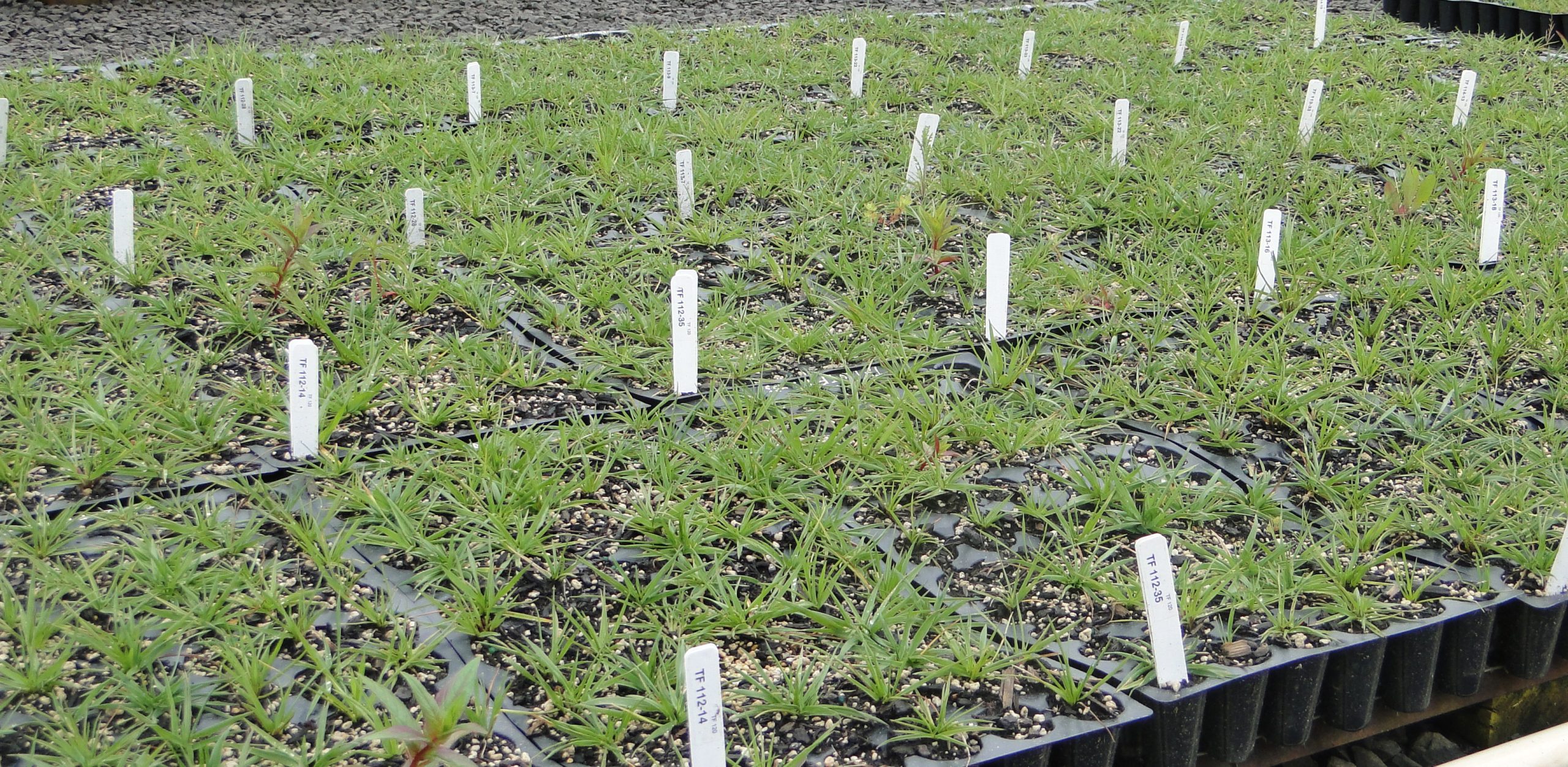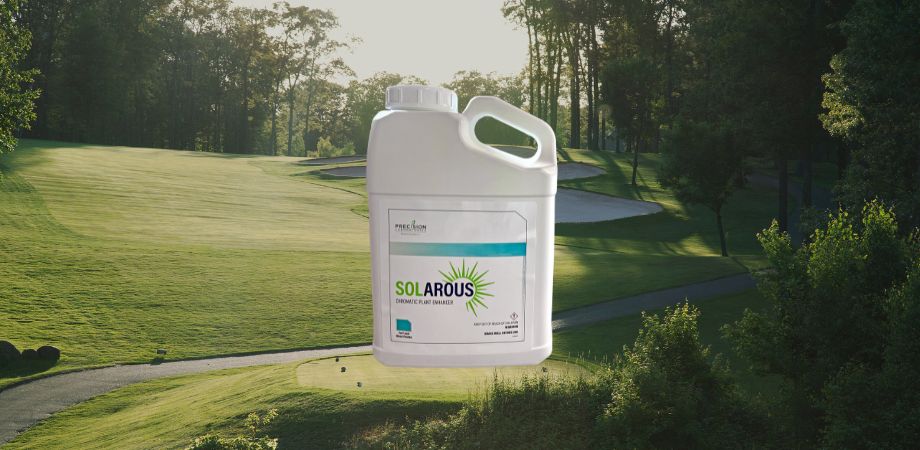Even though grass seems to grow around us without much effort, developing improved varieties takes time and effort. Historically, we relied on common types that had no genetic improvements. As the turf world matured, our demands for varieties increased. In the 1980s, the NTEP was established to evaluate the advancements being made in breeding, and only 30 varieties were entered. The current NTEP has 140 plus entries.
The Breeding Process
The breeder selects plants from various sources and collections they make. They will identify certain traits that are desirable, such as disease tolerance, color, lateral growth, and of course, seed yield for production (if you can’t grow it, nothing else matters). That is why sometimes a variety may perform well in NTEP, but not be commercially available. After years of observations, trials, and pursuing uniformity, the selected variety seed will be placed into a foundation field, which may only be a few acres. That seed from the foundation field will be harvested and used to increase production. This part of the process can be from 5 to 7 years before the seed reaches the marketplace. This process is necessary to get the best varieties we can. Peak Plant Genetics, the breeder for Mountain View Seeds, has used this process to develop varieties that perform in the top 25% of the current NTEP. A few examples are Titanium G-LS 68.2%, Spyder 2LS 59.1%, and Raptor LS 54.5% of the time.
The Production and Processing
As we just learned, it takes a long time to develop a variety, and once we have enough foundation seed to plant commercial fields, it still takes time to get to market. For example, we will plant perennial ryegrass in the fall of the year, and it takes ten months for the seed to mature and ripen to be harvested. Some Kentucky bluegrass and tall fescue must be planted in the spring and then wait 15 months before the field is mature. Swathing (mowing) the plant happens in early July generally and gets combined about 14 to 21 days later. Then the raw seed from the field goes to a processing plant where it is stored until it can be run across debearders and indents to be thrashed, then across multiple screens to be cleaned and packaged. Prior to shipping, the seed will be tested by a seed analyst to give us the purity, and at that time, they will evaluate the germination percentage and fluorescence (PRG only) which can take another 10 to 28 days depending on the procedures required. Often it can take a year or more to get you great products like Slugger GL and Stellar 4GL perennial ryegrass.
Blending and Shipping
Once the seed has been harvested, cleaned, and analyzed, we are able to bring it to our warehouse and blend/mix products like 365ss Kentucky Bluegrass Mixture and Predator Creeping bentgrass. Once we receive a PO from you, the customer, we set up the load based on the best possible shipping method to ensure a timely, cost-effective delivery.
Satisfaction
As you see, the process is not as simple as ordering a widget, but with the right proactive partners, we can deliver the best possible products for our customers. It just takes time, but good things come to those who wait.
Duane Klundt
Mountain View Seeds Vice President Turf












